
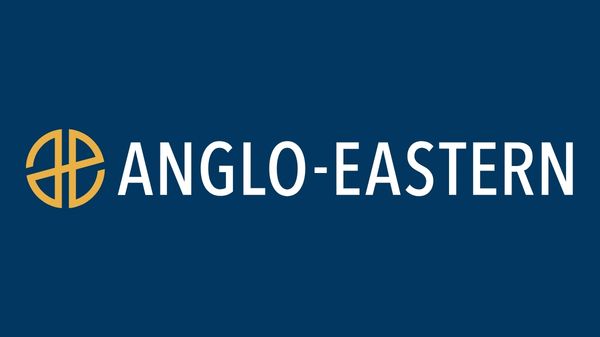
|
Anglo-Eastern completes 200,000 cbm of LNG bunkering operations
Ship manager has conducted over 70 LNG bunkering operations across Asia, Europe, and North America. |
|
|
|
||

|
ABS and Fleetzero collaborate on innovative battery containers for maritime applications
The American Bureau of Shipping partners with Fleetzero to advance sustainable maritime technology through cutting-edge battery container solutions. |
|
|
|
||
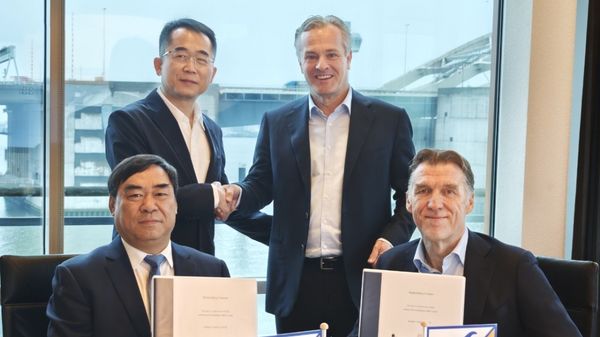
|
CIMC Raffles secures second subsea rock installation vessel order from Van Oord
Chinese shipbuilder to construct methanol and biofuel-capable vessel with 35,000-tonne rock capacity. |
|
|
|
||

|
Wärtsilä signs 10-year lifecycle agreement with MOL for 12 LNG carriers
Deal covers operational support and maintenance for vessels delivered in 2024 and 2025. |
|
|
|
||

|
Oceanscore opens Tokyo office to support Japanese shipping with EU emissions compliance
Digital compliance provider expands Asia-Pacific presence with new Japan operation led by Jyouichi Syou. |
|
|
|
||
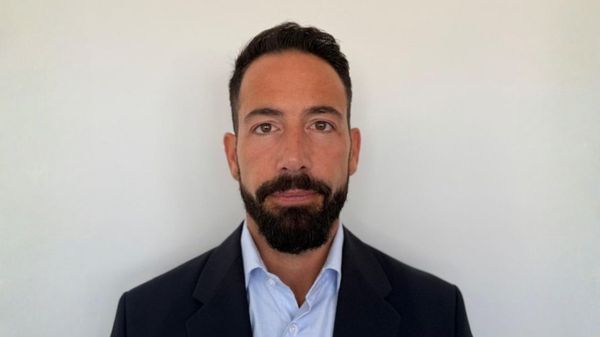
|
Flex Commodities appoints Panagiotis Bastas as sales manager for Greece
Bastas brings over 15 years of maritime and commercial experience to the Dubai-based commodities firm. |
|
|
|
||
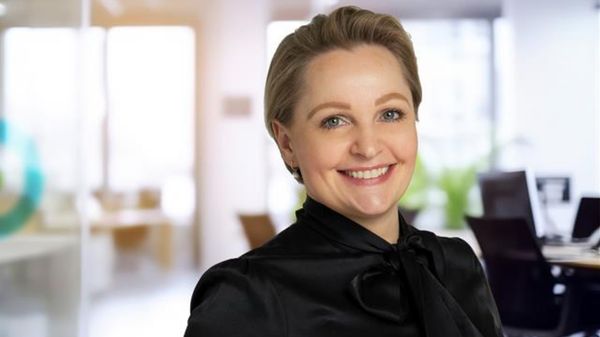
|
KPI OceanConnect completes Baseblue integration with Cyprus entity rebrand
Marine fuel supplier consolidates operations under single brand, targeting East Mediterranean market share growth. |
|
|
|
||
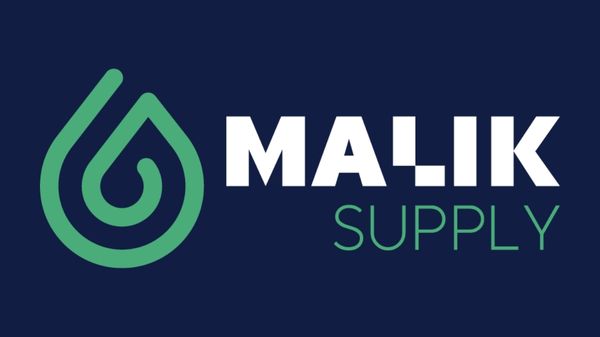
|
Malik Supply seeks bunker trader for Athens office
Danish bunker and energy trading company recruiting for Greek operations with international travel requirements. |
|
|
|
||
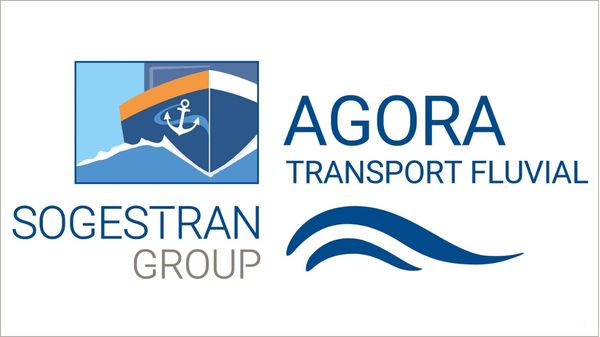
|
French river transport firms STF and AGORA merge to form AGORA Transport Fluvial
Sogestran subsidiaries combine operations across North-Benelux, Seine, and Rhône-Saône regions from January. |
|
|
|
||

|
Tsuneishi-Cebu delivers world's first methanol dual-fuelled Kamsarmax bulk carrier
Philippine President attends naming ceremony for vessel claiming 10% CO₂ reduction versus conventional ships. |
|
|
|
||
| UK researchers claim breakthrough converting CO2 and methane into liquid fuels [News & Insights] |
| UK scientists claim 'outstanding' results making methanol from thin air [News & Insights] |
| Methanol Institute hails move to develop ISO standard for methanol [News & Insights] |